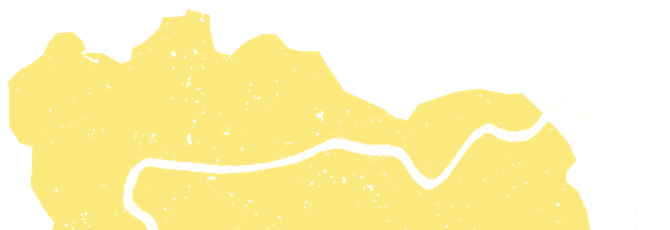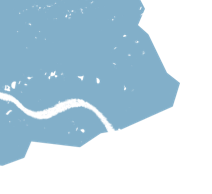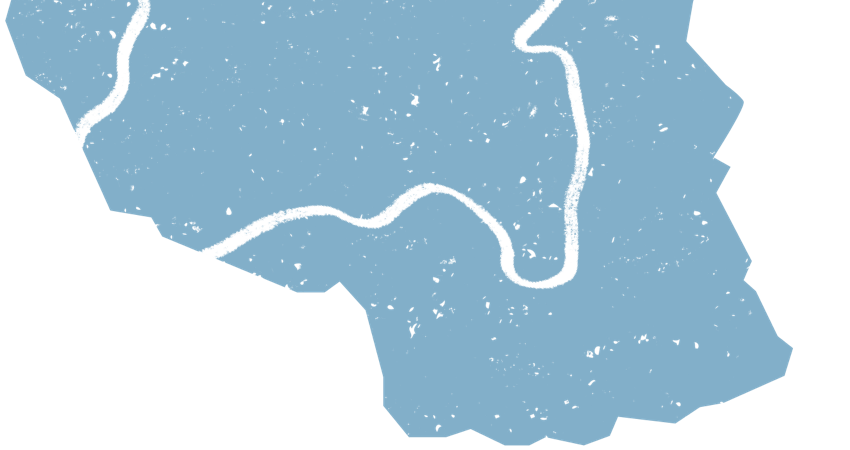I remember watching Animals United in a cinema with my eldest son when he was about six years old. It’s a story about animals from all over the world who confront politicians and ask them to stop the damage being done to the world. Billie and Bonnie and their meerkat family run out of water and set out to find out why their river has dried up. They team up with other animals – Kangaroo, Cockerel and Sushi the Polar Bear. There’s a moment in the film when the polar bear’s iceberg shrinks, and sadly, so do his chances of survival.
As we sat in a cafe after the film, my son asked, ‘It’s just a story, Mummy – it’s not really happening, is it?’ I looked in his trusting eyes, and gulped as I skirted around the question. ‘Well, it’s for grown-ups to worry about, not you...’ I said. ‘Another lump of sugar in your hot chocolate, darling?’
Crisis and hope
Jumping ahead to today, I find myself part of the team leading a UK-wide campaign action called the Wave of Hope. It is the creation of the Crack the Crises coalition, made up of more than 75 organisations, including Tearfund. Through the Wave of Hope, people across the UK are calling for a fair and green recovery at two global summits the UK is hosting this year.
And yet, ten years after that conversation in the cafe with my son, I still feel the tension between these two words: crisis and hope. When we look squarely at the crises that we are calling on the world’s governments to tackle – climate change, nature loss, injustice and coronavirus – it’s hard to feel optimistic.
I’ve often been kept awake at night, worrying about the impacts of climate change on the most vulnerable people around the world. Over the years, I’ve had to become a student of hope.
An active hope
In my journey, I’ve learnt two key truths: hope isn’t ignoring or denying the current emergency; and hope isn’t just wishful thinking that there will be a happy ending. In recent times, we’ve seen how disastrous these approaches can be in handling the coronavirus pandemic.
During Lent this year, my perspective on hope shifted through studying Julian of Norwich, a Christian author from the Middle Ages. In her writing, she relentlessly guides the reader to dwell on God’s love and endless compassion.
For Christians, our present and ultimate hope is in Jesus – in his love, and in the restoration and renewal of all of creation. As I am discovering, gazing on beauty and love is a good antidote for hopelessness.
That’s not to say that hope is simply an exercise of the mind. We’re called to play our part in God’s big restoration story. ‘Hope is a verb with its sleeves rolled up,’ wrote Professor David Orr. Our response to God’s love is to take action. Whether the action is calling or praying for injustice to end, making different choices in everyday life, or even resting, hope rises through a response that is both inward and outward.
Joining the Wave of Hope
As we look ahead to two critical summits in the UK – the G7 in Cornwall in June, and COP26 in Glasgow in November – it’s more important than ever to send a unified, hope-filled message to world leaders. If thousands of people take part in the Wave of Hope, leaders will have to listen. Will you join in?
What would have been a better answer for my son on how to respond to a global crisis? ‘Love always hopes, my darling: love always hopes.’









.png)


